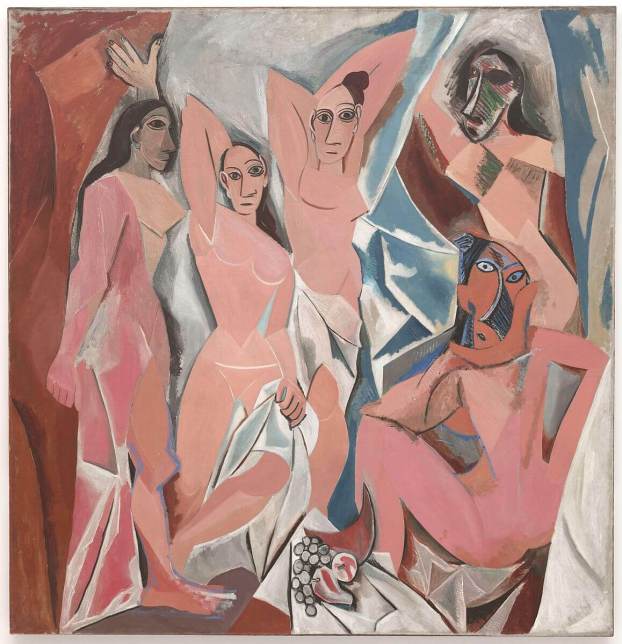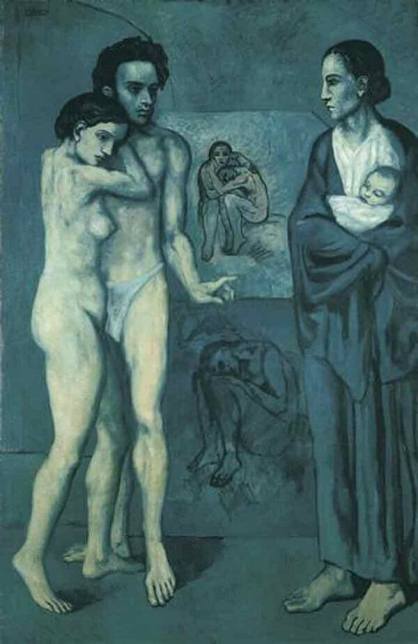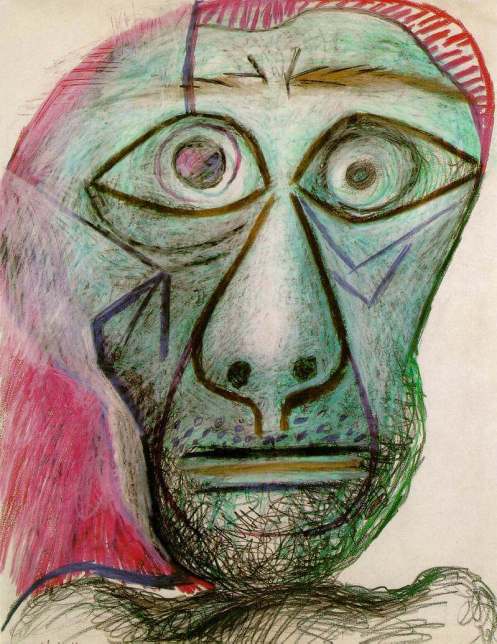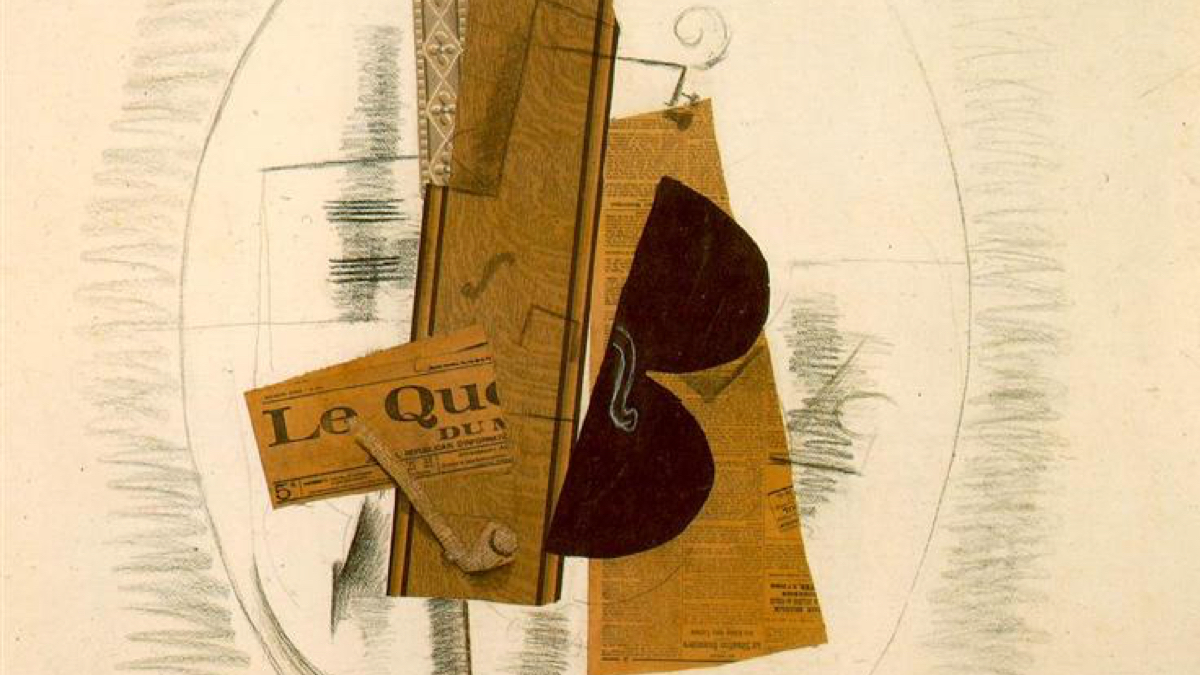
7 Picasso Paintings You Should Know
Born in 1881, Pablo Picasso is an artist who needs no introduction. At once Cubist, Surrealist, or even Neoclassic, Picasso’s career was very eventful! Initially talented in classical painting, he decided at 26 years old to experiment with new colors and shapes. Picasso’s creativity has manifested in painting, sculpture, and even through playwriting. With Artsper, discover 7 paintings that marked his career.
1. Self-Portrait, The beginning of his “Blue Period”

This self-portrait is one of Picasso’s very first works, and the one that marked the debut of his Blue Period. In this relatively sober portrait, the painter appears calm, still youthful. One recognizes the dark and melancholic tones that Picasso will use for each of his paintings produced between 1901 and 1904.
2. Guernica, Or the horror of the war

This large mural painting is Picasso’s most googled work! It depicts a violent scene between half-man half-animal creatures. Produced during the Spanish Civil War, the chilling scene of Guernica denounces fascism at the dawn of the Second World War.
3. Les Demoiselles d’Avignon, Between Cubism and Primitivism

Les Demoiselles d’Avignon depicts a group of prostitutes in the usual cubist and unstructured style of the artist. Picasso intended to shock by choosing to show his models in the nude, staring at the viewer. There is an undeniable bestial nature that Picasso attributes to his subjects here. An admirer of African Art, Picasso uses masks here to dehumanize these deformed women.
4. The Dream, Portrait of his very young mistress

This painting by Picasso is one of the most appealing in its colors and shapes. The painter, then 50 years old, depicts his mistress at the time, aged 22 (their relationship began when she was only 17). In this portrait, we find a rather unusual softness for the artist. Picasso’s young mistress is depicted peacefully, but the erotic character of the scene remains omnipresent.
5. The Weeping Woman, A sad tribute to Dora Maar

Throughout his career, Picasso painted numerous women in tears. His main model for these portraits was his partner Dora Maar, the famous photographer, who lived within a difficult love story with the artist. The face of the photographer appears to burst into a collage of vivid colors. Although deformed, one reads the distress on her face.
Picasso will admit himself: “To me, Dora is a weeping woman. For years, I painted her in tortured forms, not by sadism but by pleasure“. This portrait reveals a crucial part of Picasso’s life: his destructive behavior towards the women around him. Two of his lovers actually ended their lives, and Dora Maar ended up hospitalized for depression.
6. La Vie, An intriguing and gloomy scene

La Vie is considered to be the peak of Picasso’s Blue Period. Here, we recognize Picasso’s talent and interest in neoclassical painting. In this work, Picasso depicts one of his close friends, surrounded by women and figures from different life stages. Open to interpretation, the title “The Life” makes this painting one of the artist’s most mysterious works.
7. Self-Portrait Facing Death, An end-of-life portrait

This self-portrait is one of Picasso’s very last ones, painted a few months before the end of his life. The artist depicts himself waiting for death, with a certain anxiety. Picasso faces us, wide-eyed. One side of his face is slightly fading as if to signify that death is already slowly getting him.
All in all, Picasso was a complex man, who certainly left a trace on art history and on the people in his life. His impact on the evolution of art is undeniable, but it is also important to keep in mind that a significant part of his inspiration came from his own violent nature. Picasso’s œuvre, colorful and revolutionary, is also imbued with chilling darkness.

About Artsper
Founded in 2013, Artsper is an online marketplace for contemporary art. Partnering with 1,800 professional art galleries around the world, it makes discovering and acquiring art accessible to all.
Learn more













